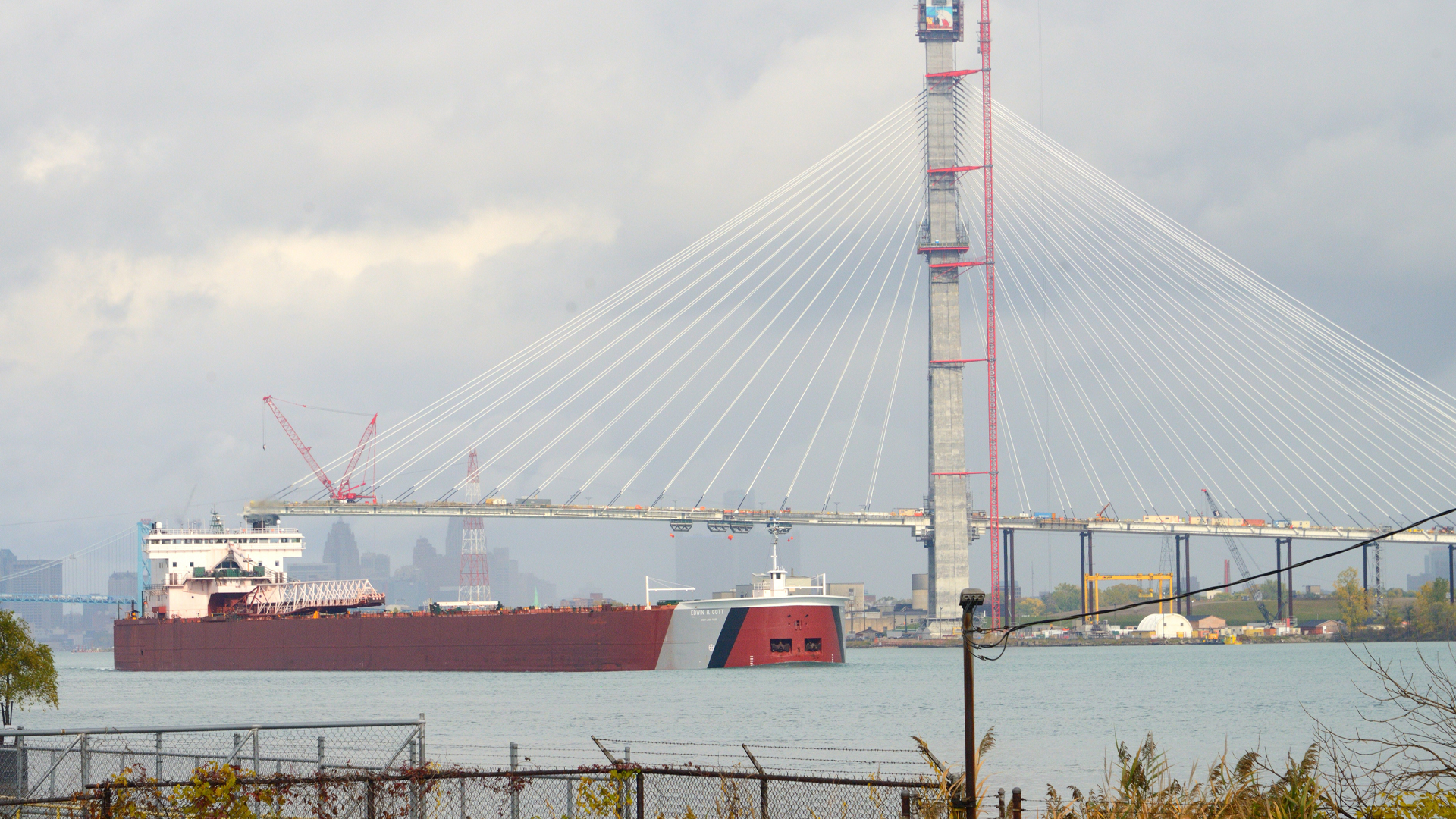
Canada would benefit from the establishment of more authoritative co-ordination in medium-to-long term strategic national security policy. The role of the national security and intelligence advisor (NSIA) to the prime minister is well-situated to provide this function due to the office’s visibility and up-to-date awareness of cross-cutting national security issues facing Canada. By making this move, it would address one of the challenges identified in the National Security Transparency Advisory Group (NS-TAG) first annual report released late last year.
The NS-TAG is mandated to examine issues of transparency and provide advice to the deputy minister of public safety. Among its findings, the report highlighted challenges with the co-ordinating roles of the NSIA and the deputy minister of public safety. The NSIA is a deputy secretary within the Privy Council Office (PCO) and is tasked with providing national security advice and intelligence briefings to the prime minister and cabinet and serves as the secretary to the Incident Response Group. The NSIA also co-ordinates the Security and Intelligence (S&I) community.
However, beyond providing a co-ordinating function and gathering all the key players together, the NSIA lacks any formal authority and is unable to provide direction to departments and agencies beyond relaying the views of the clerk of the Privy Council, the prime minister or his office (PMO). This is because there is no legislation governing the role of the NSIA and PCO as a whole. The PCO’s intended role is to provide advice to the prime minister, a secretarial function to cabinet, and co-ordination of the federal government and has not required legislation thus far to that end.
In its 2018 review of the prime minister’s trip to India, the National Security and Intelligence Committee of Parliamentarians recognized the lack of statute governing the NSIA’s role and recommended that certain responsibilities be formalized.
Consequently, without legislation mandating the role of the NSIA, national security policy and decision-making authorities are statutorily held by the ministers and deputy ministers. However, they are not always aligned and can at times seem to be disjointed from one another. The NSIA is best placed to bring it all together into a coherent integrated strategy.
Putting the NSIA into legislation is not unprecedented in the world of national security. For instance, the role of the national security advisor in the United States is legislated by the National Security Act of 1947. Referred to in the act as the executive secretary of the National Security Council, the role includes co-ordinating defence, foreign affairs, intelligence and international economic policy for the incumbent U.S. administration.
As it stands, the Department of National Defence developed Canada’s defence strategy, Strong, Secure, Engaged, in 2016. However, Canada has not had a national security strategy since 2004. One is certainly overdue.
Providing the NSIA with a specified mandate and authorities may address the challenges associated with co-ordinating Canada’s national security. However, there may be ways of doing this within the current framework, without legislation. As an example, the lack of statutory authority does not prevent the NSIA from developing strategic policy guidance within an advisory capacity for the prime minister’s consideration.
This could take the form of a new national security strategy developed at regular intervals, as it is done in the U.S., which would outline the challenges facing Canada, and offer advice in addressing them. As it stands, the Department of National Defence developed Canada’s defence strategy, Strong, Secure, Engaged, in 2016. However, Canada has not had a national security strategy since 2004. One is certainly overdue.
While Public Safety Canada developed the strategy, the NSIA is better equipped to drive these types of efforts in the future. It has an understanding of existing and emerging threats and issues, and relationships with members of the interdepartmental community as well as key international partners, including Canada’s like-minded partners of the so-called “Five Eyes” (Australia, New Zealand, United Kingdom, and the United States). To be sure, the NSIA role was in its infancy in 2004, when the strategy was developed, but is now a leading function in Canada’s national security apparatus.
A public unclassified version could also be developed to provide Canada’s friends and adversaries alike awareness of Canadian national security priorities to reinforce alliances on pressing issues and deter hostile acts. It would also contribute to efforts to enhance transparency and awareness for Canadians and offer them a narrative of the challenges facing Canada.
Another easily applicable modification for enhancing national security co-ordination would be for the clerk of the Privy Council to appoint the NSIA as chair of the Deputy Ministers’ National Security Committee. This committee includes key players from core S&I organizations and non-traditional partners to discuss current and emerging security issues affecting Canada. Current chairs include the deputy heads of National Defence and Public Safety. However, the NSIA is better placed to strategically steer the committee’s agenda in line with cabinet business and existing or emerging national security trends and developments across the spectrum at home and abroad.
Ultimately, enhancing co-ordination of Canada’s national security policy will enable Canada to identify and advance its national interests well into the long-term. The NSIA is best suited to lead this effort.
Photo: Shutterstock.com, by whiteMocca.








